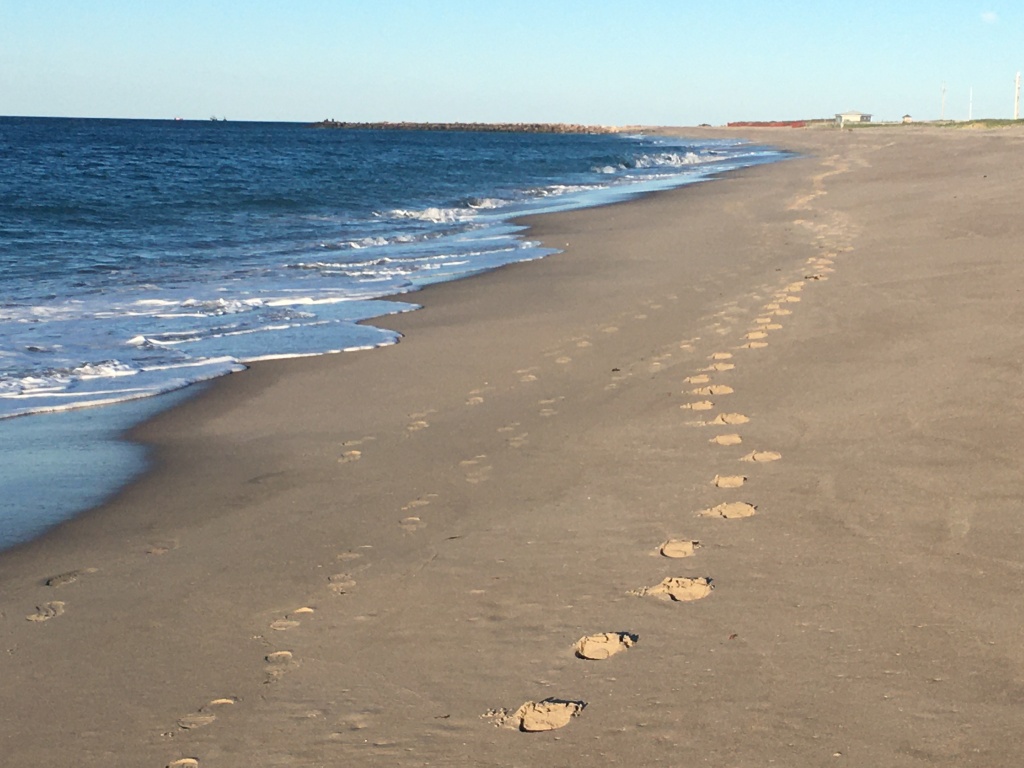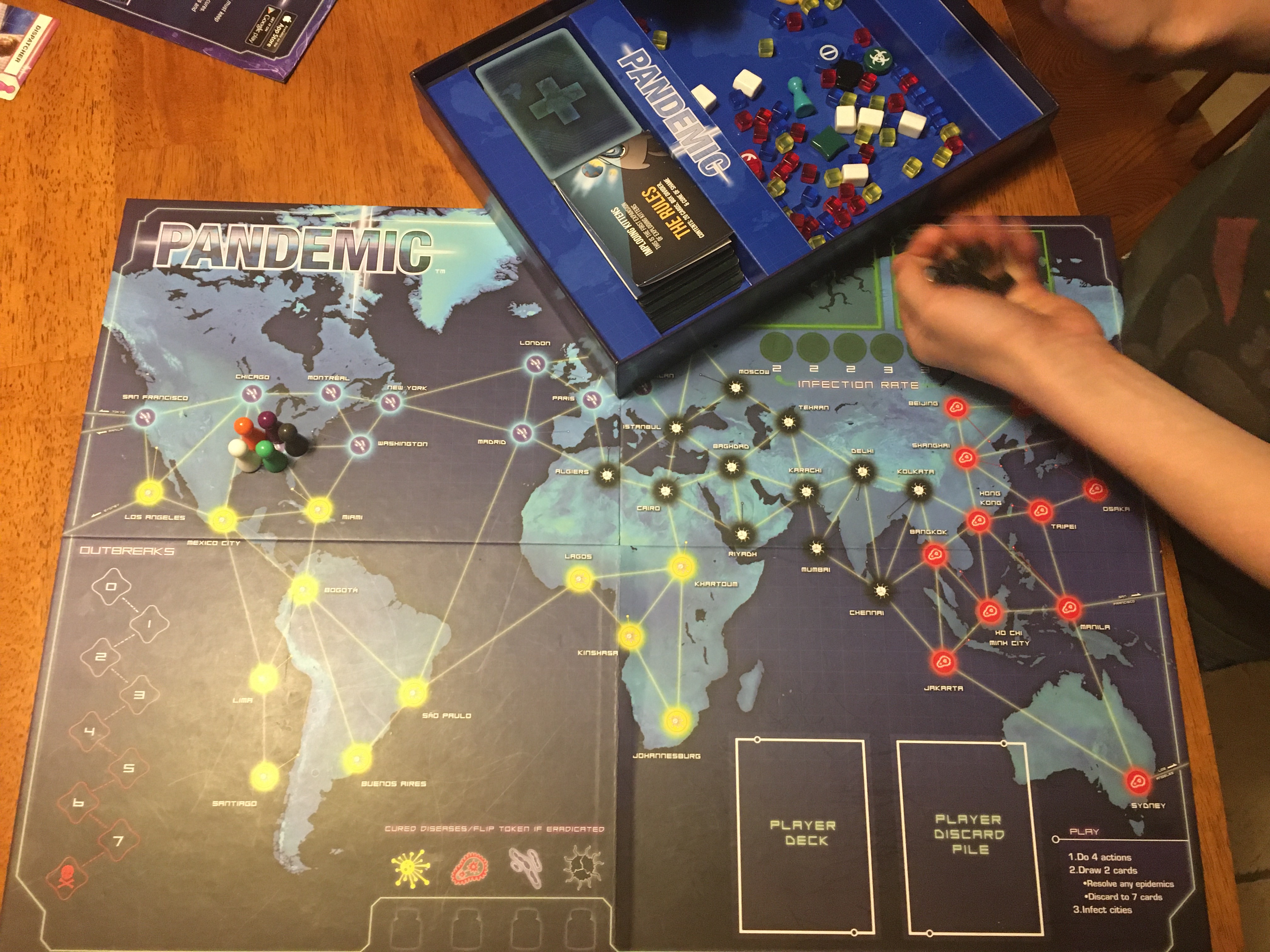
“Who is the crone? She is the most dangerous, the most radical, the most revolutionary woman in existence. Whether in fairy tales or in consensual reality, the old one goes where she wants to and she acts as she wishes; she lives as she chooses. And this is all as it should be. And no one can stop her. Nor ought they try.” —Clarissa Pinkola Estés, PhD
“Oh, how I regret not having worn a bikini for the entire year I was twenty-six.” —Nora Ephron
Please note: some of the linked videos are not for kids’ ears (or for those who don’t like swear words).
A couple months before my 50th birthday, I bought this purple t-shirt that said “Fifty AF” on it. That was how I wanted to feel on my 50th birthday. Sassy. Fully embracing it. I wanted to be as pleased and unapologetic about being 50 as Molly Shannon’s SNL character, Sally O’Malley, remember her? I wanted to feel like Susan Sarandon at this age, who seemed equally unbothered by being middle-aged. She was one of my favorite actresses around the late 90’s, back when I only gave the occasional passing thought to what growing older would be like. I loved how full of vibrant energy she was, with that vibe that got her on a “sexiest women over 50” list when she was closer to 60. (Why do I mention her, specifically? I’ll explain shortly…).
On a more serious note, as I approached this milestone birthday, I wanted to be ready to step right into the crone phase. I wanted to feel crystal clear about what’s most vital and precious, razor-focused about where I place my time and energy, and ready to OWN my hard-earned wisdom and inner authority. And further, I wanted to be ready to explore new ways of using that in service to young people, and my little corner of the world.
I also wanted to feel indifferent to others’ opinions—at least the ones rooted in patriarchy that devalue all the parts of us that can’t or won’t conform to its rules, including the simple fact of aging. And though I believe happiness to be overrated, that’s part of what I wanted to feel, too, not only AT this age, but directly related to it. Like that Ani DiFranco song, “If you’re not getting happier as you get older….”
I didn’t think it through explicitly while placing my t-shirt order, but in retrospect, all of this was what “Fifty AF” said to me.
Well, when the day arrived, I was feeling exactly none of it. A craptastic summer full of stressful and heart-breaking events had left me reeling, still raw and fragile by the end of August. I went ahead with my COVID-safe backyard birthday gathering, blessed with the presence of amazing people I’m beyond lucky to have in my life. And yet, I was largely going through the motions, grateful but barely able to have actual FUN, and robbed of embodying my “Fifty AF” groove. In my state of emotional convalescence, I wore the t-shirt anyway, trying to rally. When I put it away in the drawer a few days later, I wondered if I would be able to wear it again and have it feel true.
For the most part, what I want to embody at this age has nothing to do with “aging gracefully” in the physical sense. AND. Let’s deal directly with the vanity stuff because that’s there, too. That’s the part I feel forbidden to talk about if I’m to promote healthy body image and anti-ageist perspectives for younger women and girls—something that’s important to me as a woman who is now an elder (wait, WHAT??) as well as a reproductive/women’s healthcare provider. But let me not pretend to be immune.
Recently, my younger son complimented my silver hair (silver, not gray—his word!). I told him I’m glad I stopped dyeing it, because I’m saving a lot of time and money, and what’s wrong with looking the age you are, anyway? “On God,” he said. (Apparently, in the teen/tween lexicon, “On God” is the new “Facts.”). I was past ready to let all the gray come in, and the early days of the pandemic made it a no-brainer. My natural hair feels more “me” by the day. I wear make-up more often than I used to, but I still leave the house without it on most days. Plastic surgery or even Botox is not something I would ever consider, although I hold zero judgement for those who do—we all have to deal with the culture’s expectations of women in our own way.
Despite the ways I’m embracing (or at least at peace with) the aging process, it’s bizarre and disorienting sometimes to be in an age group that in my mind is for other people, not for me, and to see the changes happening so quickly before my eyes. The wrinkles. The weight gain. GRAVITY. Lamenting the body I used to have, and I didn’t even appreciate it. If I were an actress, my last f**kable day would have been, at the latest, sometime in 2015.
And now I’ll tell you about a silly epiphany I had right around my 50th birthday. Twenty-plus years ago, when my husband and I were in the long-distance phase of our relationship before we were married, he would refer to a female friend during our long phone conversations. After he mentioned hanging out with her several times, I asked, “Who is this woman, anyway? Should I be concerned?” He replied, “She’s like, 50 years old, Camille.” (we thought that was old, LOL). I thought about that for a minute, then asked, “OK. Are we talking about 50 in a Susan Sarandon kind of way? Or in a Kathy Bates kind of way?” “Kathy Bates,” he said. OK, then. Nothing to worry about, I decided.
Then one day, two decades later, I looked in the mirror and realized: Holy shit. I’m Kathy Bates.
I’ve been thinking about that—can this be OK with me? As much as that moment of realization was a bit of a shock, the answer is yes. I looked through pictures of her on the internet and considered: a) if I suspend culturally ingrained ideas about beauty as best I can, is she beautiful? And b) if she were not, does it matter? My answers are most definitely a) YES and b) NO.
Last summer is getting farther away in my rearview mirror, and I’m getting closer to all I wanted to feel at age 50. The crone is peeking in my windows, seeing what I’m up to, waiting for me to let her in once I believe in my bones that her gifts are mine to receive, and give. Almost, almost. With a potent mix of her, some late-90’s era Susan Sarandon energy, Kathy Bates kind of beauty, and a little Sally O’Malley spunk, one day soon before I turn 51, I’m going to rock this t-shirt.













